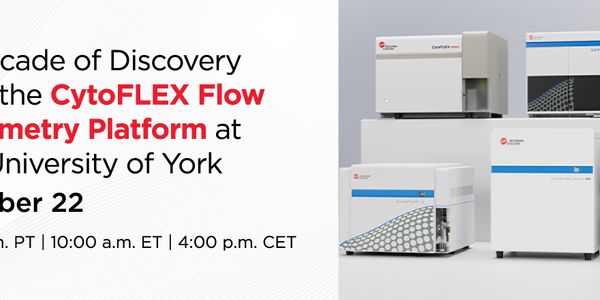How to improve rodent aseptic surgery at your facility using household products: Press N' Seal and Reynolds Wrap Foil
-
Raphael A. Malbrue, DVM, MS, CertAqV
Clinical Veterinarian, Assistant Professor- Adjunct, The Ohio State University College of Veterinary Medicine ,The Abigail Wexner Research Institute at Nationwide Children's HospitalBIOGRAPHY
Aseptic technique, including the use of sterile drapes, is essential to reduce microbial contamination to the lowest practical level and improve surgical outcomes. In biomedical research, surgeons are often responsible for simultaneously conducting rodent surgical procedures, monitoring anesthesia, and adjusting nonsterile equipment. This presentation will cover agile and innovative techniques on how to improve rodent aseptic surgery using common household products: cling film and foil. Recently, some institutions have approved the use of Press’n Seal® cling film and Reynolds Wrap® aluminum foil as practical, cost-effective alternatives to sterile drapes and barriers during rodent surgeries. This presentation will also cover recent studies and publications that evaluated sterility properties for both Press’n Seal® cling film® and Reynolds Wrap® aluminum foil and other potential benefits for each product in rodent surgery.
Learning Objectives:
1. Methods on how to aseptically use foil (Reynolds Wrap) in rodent surgery
2. Methods on how aseptically use cling film (Press N' Seal) in rodent surgery
3. Long-term and short-term benefits to using both cling film and foil in aseptic rodent surgery
Please update your information
Certificate of Participation
DOWNLOAD CERTIFICATE






